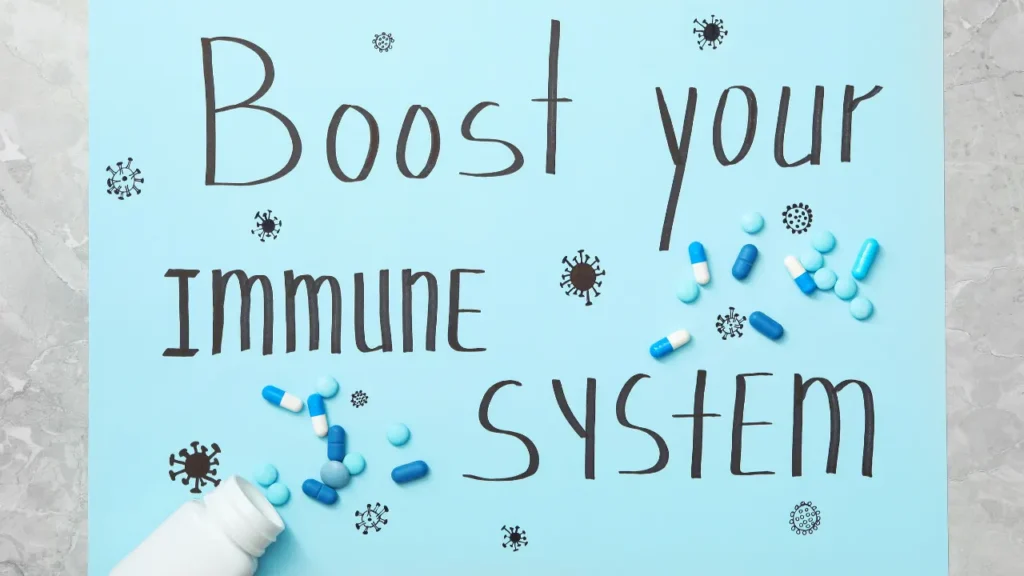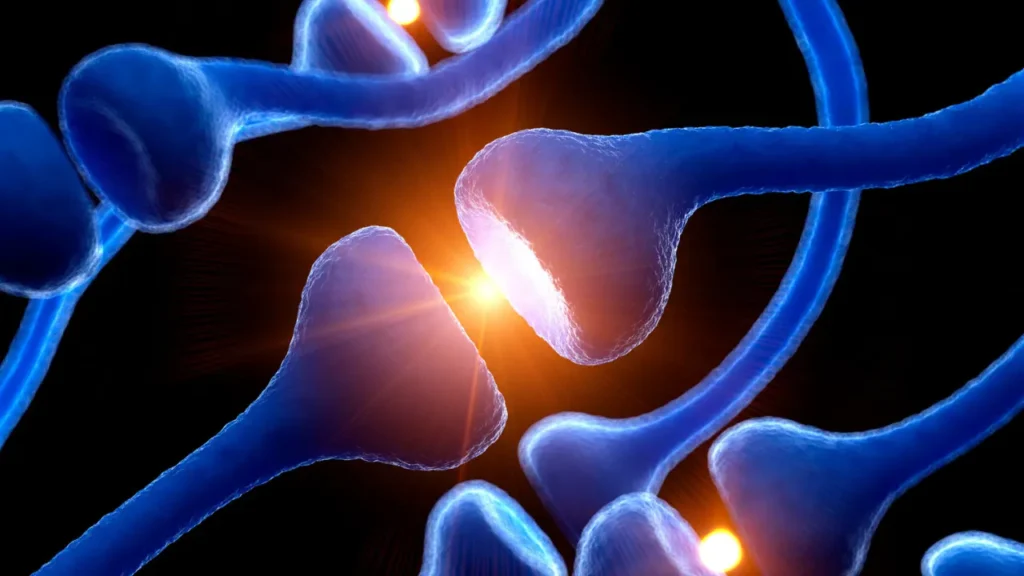Sweet Annie, or Artemisia annua as it is scientifically named, is an herb that has long been used in Chinese medicine. It is also known by the Chinese name Qinghao. Its possible health advantages have drawn attention recently, particularly in relation to improving cognitive abilities like alertness, focus, and general cognition. This article aims to provide a thorough explanation for the responsible use of Sweet Annie as a nootropic supplement by examining the chemical composition of the supplement, its physiological effects, the ideal dosage, potential adverse effects, and interactions with other substances.
You May Also Like:
Acacia: Benefits, Dosage, Side Effects, Drug Interactions, And Other Important Information
Sweet Annie: Benefits, Dosage, Side Effects, Drug Interactions, and Other Important Information is an original (NootropicsPlanet) article.
Nature of Sweet Annie
The Asteraceae family annual plant Sweet Annie (Artemisia annua) is distinguished by its fern-like leaves and fragrant, sweet aroma. This plant, which is native to Asia but is now grown all over the world, is notable for its sturdy stem and two-meter height. The little yellow blooms bloom from late summer to early fall, and the plant has dark green foliage. Historically, Sweet Annie has been used for medical purposes; in particular, the aerial parts have the highest concentration of the main active component, artemisinin.
Health Benefits of Sweet Annie
The health benefits of Sweet Annie are extensive, particularly due to its primary active compound, artemisinin, and other phytochemicals like flavonoids and essential oils. Although widely recognized for its effectiveness against malaria, the scope of its benefits extends into cognitive enhancement and general health:
- Cognitive Enhancement: Sweet Annie has been studied for its potential in enhancing cognitive functions such as memory, alertness, and focus. The neuroprotective effects stem from its antioxidant properties, which mitigate oxidative stress—a key factor in cognitive decline and neurodegenerative diseases. By reducing oxidative damage to brain cells, Sweet Annie helps maintain neuronal health and improve cognitive longevity.
- Anti-inflammatory Properties: The anti-inflammatory effects of Sweet Annie are primarily attributed to the inhibition of NF-kB pathways, which play a significant role in inflammatory processes within the body. This mechanism can be particularly beneficial in reducing brain inflammation, which is linked to a variety of cognitive disorders, including Alzheimer’s disease and other forms of dementia.
- Immune System Support: Beyond its use in treating malaria, the immunomodulatory effects of Sweet Annie help in strengthening the immune system. The herb has been shown to modulate immune responses, which can help the body fight off various pathogens and diseases more effectively.
- Antimicrobial and Antiviral Effects: Research has suggested that Sweet Annie possesses broad-spectrum antimicrobial and antiviral activities, which make it useful in combating various infections beyond malaria, such as certain bacterial and viral infections.
- Cancer Research: There is emerging evidence that artemisinin and its derivatives may have anti-cancer properties. Studies have indicated that these compounds can induce apoptosis (programmed cell death) in cancer cells without significantly affecting normal cells, offering potential as a supplementary treatment for cancer.
These diverse health benefits make Sweet Annie a valuable herb in both traditional and modern medicine, particularly for those seeking natural cognitive enhancement and overall health improvement. However, despite its benefits, proper consultation with a healthcare provider is crucial to determine its suitability and safe usage, especially in relation to individual health conditions and other medications.

Chemistry of Sweet Annie
Sweet Annie, whose scientific name is Artemisia annua, is unique because it contains a wide variety of bioactive substances, the most noteworthy of which is artemisinin. The unique endoperoxide bridge that characterizes the sesquiterpene lactone artemisinin is essential to its biological action. It is believed that part of the therapeutic benefits of artemisinin are mediated through the formation of free radicals, which is made possible by this structure under specific circumstances.
Sweet Annie is rich in phytochemicals other than artemisinin, including as essential oils primarily made of camphor and 1,8-cineole, and flavonoids such casticin and artemetin. These substances improve the plant’s medicinal profile and work in concert to produce its desired effects. These several active components give Sweet Annie a complex chemistry, with each one potentially influencing various biochemical pathways and enhancing the product’s overall pharmacological potential.
Physiological Mechanism of Action of Sweet Annie
Sweet Annie’s physiological method of action comprises multiple pathways, including through its primary constituent, artemisinin. The main characteristic of artemisinin that makes it well-known is that it can react with hemoglobin’s breakdown product, iron-rich heme, to form reactive oxygen species (ROS). When treating malaria, this response is essential because it harms red blood cells contaminated with parasites. However, artemisinin’s antioxidant and anti-inflammatory qualities are more important in the brain. In preventing the activation of NF-kB, a protein complex that regulates DNA transcription, cytokine synthesis, and cell survival, it modifies important inflammatory pathways.
Inflammatory indicators, which are frequently linked to cognitive deterioration, decrease because of this. Furthermore, by reducing oxidative stress, artemisinin helps shield neuronal cells from harm, enhancing the health and functionality of the nervous system.
In addition to its direct antioxidative properties, Sweet Annie’s other ingredients, such as artemisinin, may also modify GABA and glutamate-related neurotransmitter systems, which are critical for preserving cognitive abilities like memory and attention. The nootropic benefits of Sweet Annie are partly attributed to these interactions, which improve neuronal transmission and neuroplasticity.

Optimal Dosage of Sweet Annie
The formulation of Sweet Annie and differences in individual metabolism make it difficult to determine the ideal dosage for improving cognitive function. Dried herb dosages typically vary from 500 to 1000 mg per day. However, because standardized extracts have larger concentrations of active components, they might need to be used at lower dosages. To avoid potential toxicity and to identify the optimal dosage, it is imperative to visit a healthcare expert.
Side Effects of Sweet Annie
Even while Sweet Annie is usually thought to be safe when used as directed, some people may have adverse reactions such as nausea, vertigo, or allergic reactions. High doses or prolonged use may result in toxicity, which mostly affects the kidneys and liver. It’s critical to follow dosage recommendations and get medical help if side effects arise.

Potential Substance of Interactions of Sweet Annie
Sweet Annie may interact with other prescription drugs and dietary supplements, especially ones that the liver metabolizes. Medication that is CYP2B6 substrate, such as selegiline and cyclophosphamide, may not work as well when combined with drugs that include artemisinin. Its antimalarial qualities can also make interactions with antimalarial drugs more difficult. Consumers should talk to a healthcare professional about their supplement regimen and be aware of these possible interactions.
Responsible Use of Sweet Annie as a Nootropic
For responsible use, individuals interested in using Sweet Annie as a nootropic should consider several factors:
- Consultation with a Healthcare Provider: Before beginning any new supplement, especially for cognitive enhancement, consulting with a healthcare provider is crucial.
- Adherence to Recommended Dosages: Following dosing guidelines and starting with the lowest effective dose can help mitigate the risk of side effects.
- Monitoring for Adverse Effects: Users should monitor for any adverse effects and adjust their usage as necessary under the guidance of a healthcare provider.
- Consideration of Drug Interactions: Understanding potential interactions with other medications and supplements is essential for safe use.
Sweet Annie:
Conclusion
Sweet Annie, or Artemisia annua, offers a variety of health benefits that extend beyond its traditional use in treating malaria, notably in cognitive enhancement and overall wellness. While its potential as a nootropic is promising due to its anti-inflammatory and antioxidant properties, it is crucial to consult with a healthcare provider to ensure its safe use, particularly regarding dosage and potential drug interactions.
If you plan on using it, you should adhere strictly to recommended dosages and be vigilant about possible side effects to maximize benefits and minimize risks. Ultimately, Sweet Annie’s diverse medicinal properties make it a valuable supplement for those seeking natural health solutions, provided it is used responsibly and under professional guidance.

References:
- Sweet Annie – Uses, Side Effects, and More. Retrieved from:https://www.webmd.com/vitamins/ai/ingredientmono-756/sweet-annie
- What is artemisinin? Retrieved from: https://www.healthline.com/health/artemisinin-cancer
- Sweet Annie: Health Benefits, Side Effects, Uses, Dose. Retrieved from: https://www.rxlist.com/supplements/sweet_annie.htm
Important Note: The information contained in this article is for general informational purposes only, and should not be construed as health or medical advice, nor is it intended to diagnose, prevent, treat, or cure any disease or health condition. Before embarking on any diet, fitness regimen, or program of nutritional supplementation, it is advisable to consult your healthcare professional in order to determine its safety and probable efficacy in terms of your state of health.
Regarding Nutritional Supplements Or Other Non-Prescription Health Products: If any nutritional supplements or other non-prescription health products are mentioned in the foregoing article, any claims or statements made about them have not been evaluated by the U.S. Food and Drug Administration, and such nutritional supplements or other health products are not intended to diagnose, treat, cure, or prevent any disease.


